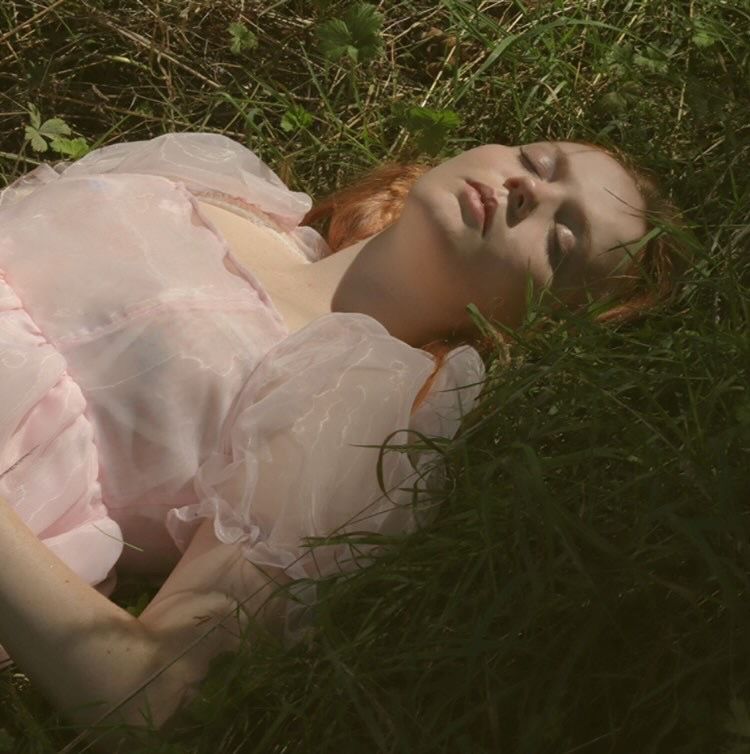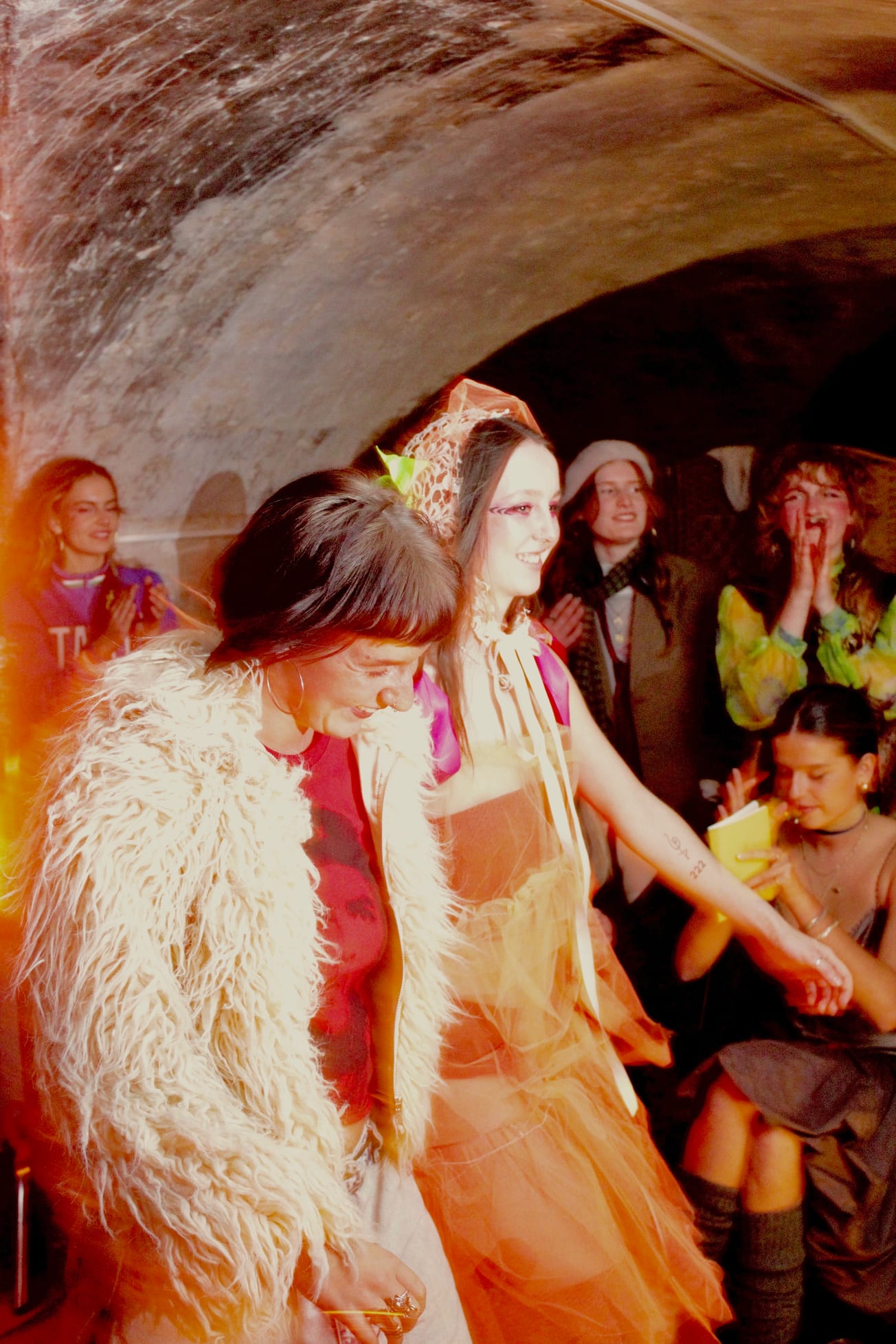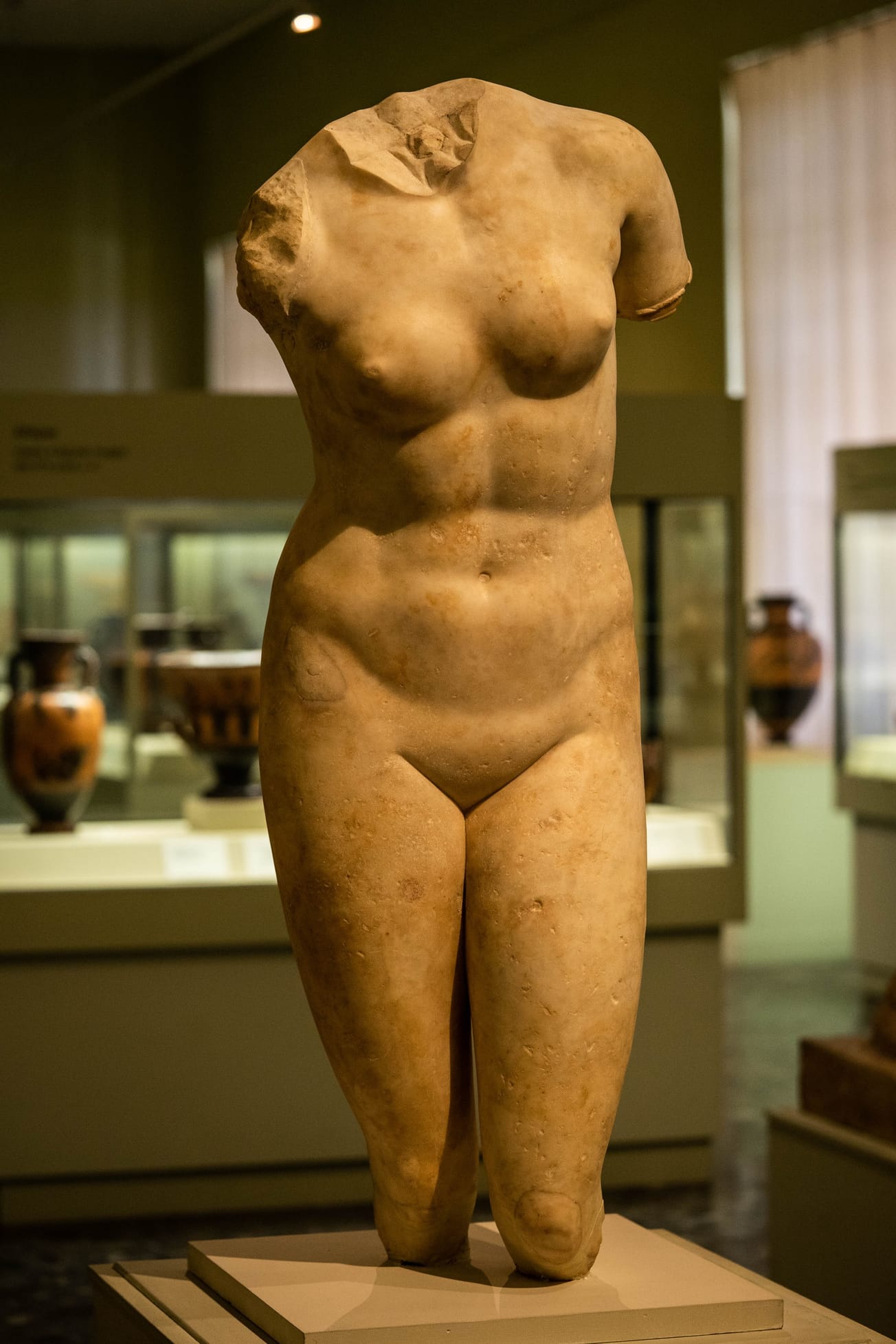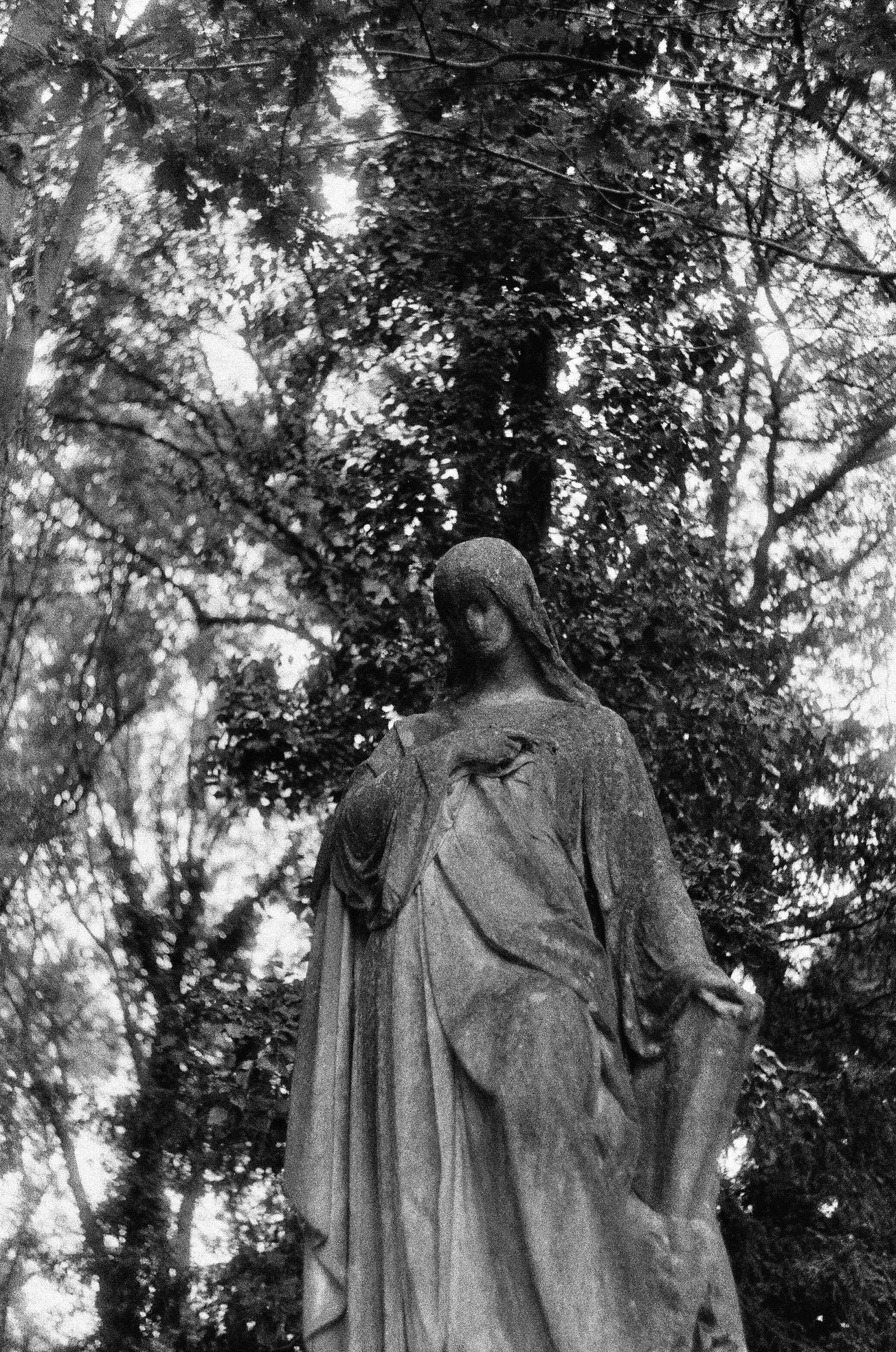By Laura Hartig, Third Year, English
The Croft Magazine// In light of the recent Fashion week, Laura Hartig shares her thoughts and expectations for the new Autumn season.
As we move into Autumn, fashion week is upon us, meaning we welcome a new season in the fashion calendar. But what does that really mean to us? On a practical level, the weather shifts and we look for our warmer layers and softer textures to hide us from the cold. But the start of the new fashion season also presents the opportunity for a wardrobe overhaul, as the industry conducts a bi-annual rebirth. Shops have ridded themselves of colour in their end of summer sales, and now, their racks are lined with leathers, wools, and boots. And whilst no one denies the functionality of seasonal dressing, what needs to be understood is whether the seasonal shifts with the fashion industry perpetuates the fast fashion cycle.
Once this season’s collections have been walked down the runways, it is up to the global fashion heads at large to decide this season’s ‘look’; an editorial collection of our seasonal wardrobe aspirations. Yet, the focus on this season's ‘look’, makes us want to buy something entirely new. It doesn’t instil in us the idea to return to our current collections, but instead, run into the welcoming arms of shop assistants globally. The emphasis on idealistic style places our worth in that fashion season on a piece of clothing we do not own. It builds the idea of an aspirational wardrobe. And whilst I cannot deny that it is clever marketing and enables the fashion industry to repeatedly turn over high profits season after season, it drives the consumption of fast fashion.
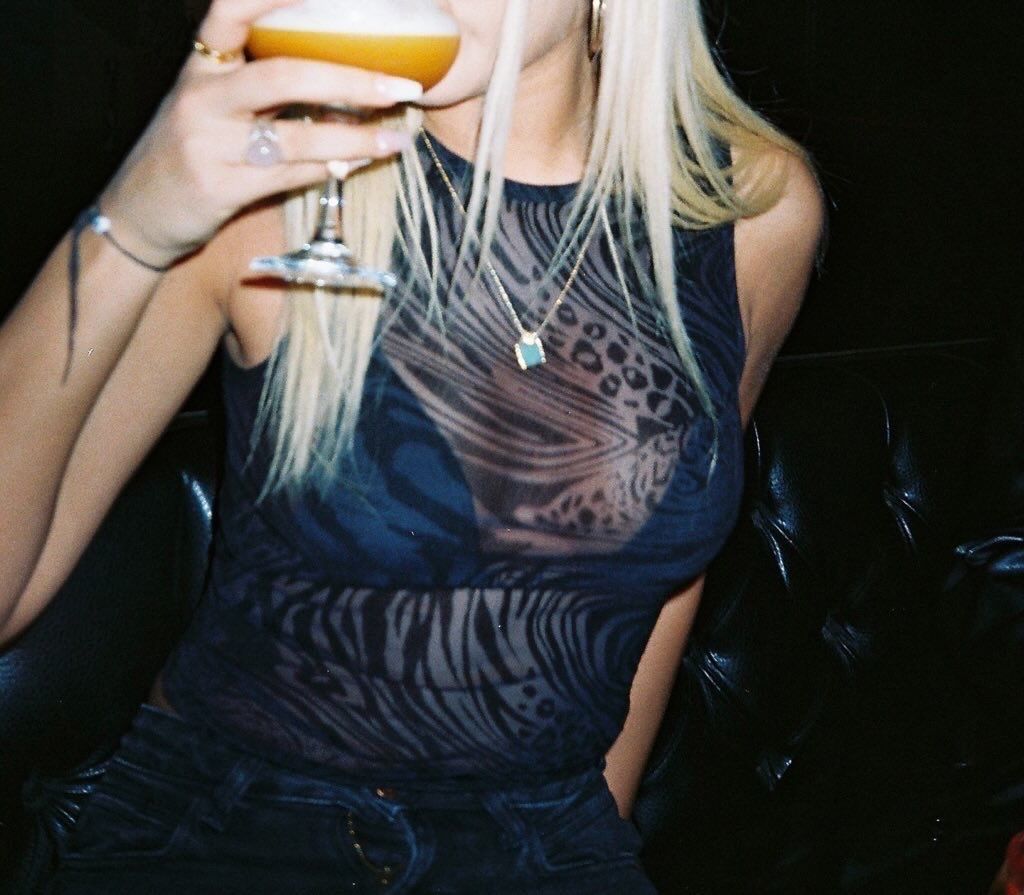
This raises the question of whether seasonal trends can ever be maintained sustainably. Trends seem to symbolise everything wrong with the fashion industry, as they perpetuate a need for more and for new. And yet, we repeatedly embrace them season upon season. Interestingly if we look to understand the definition of trend it reads, ‘a fashion’. So why, when I think of the word, do I immediately come up with images of something cool and new?
The word ‘fashion’ does not limit to a particular style, or even place any positive emotion upon the word. It simply reads neutrally as ‘a fashion’. And yet it’s been instilled within us that we need to keep up with the latest trends, to be recognised as ‘in with the crowd’. And whilst the emotional value of trends seems to place emphasis on the need for us to fit in, the industry values trends as an opportunity to increase global product consumerism.
If we investigate more sustainable options for building seasonable wardrobes, talk of the ‘capsule’ wardrobe (a sustainable approach to curating one's wardrobe, by comprising a small collection of the most versatile pieces), has been around since the 2010s yet the conversation seems to have died out. We’ve been built as consumers to want, need, and buy more; so, this approach of appreciating the pieces we already own goes against every bone in our bodies. But perhaps if this seems too drastic the approach to trends could be more subtle.
The more sustainable option is changing where you source your seasonable pieces. Whether that be buying vintage or second-hand or buying a new piece of clothing made from sustainable or reworked fabric, it all acts as a step against fast fashion.
But what seems more significant is that trends seem to return to the fashion market cyclically, and it seems to be getting easier to predict. Two types of trends seem to emerge: 1. The fashion evolution and 2. The twenty-year cycle. An example of trend one can be seen through denim; one season we embrace skinny jeans, the next it was the straight leg, and the following wide leg. Trends return with a natural progression into what we can expect next, we physically see the development. Whilst trend two sees a more drastic change of style become popular, it is not necessarily one we have never seen before. As we look at the collections of the year 2000 of micro skirts, silk camis and Afghan coats, that are being obsessed over currently, it demonstrates that trends repeatedly appear and thus, the practice of wearing and discarding is ultimately harmful to both the environment and your wardrobe budget.
And as Miranda Priestly said, ‘cerulean quickly showed up in the collections of eight different designers. Then it filtered down through the department stores, and then trickled on down into some tragic casual corner’, so achieving trend looks will always be attainable somehow…
Featured Image: © Emily Fromant
What trends do you think we'll see this Autumn? Let us know!

